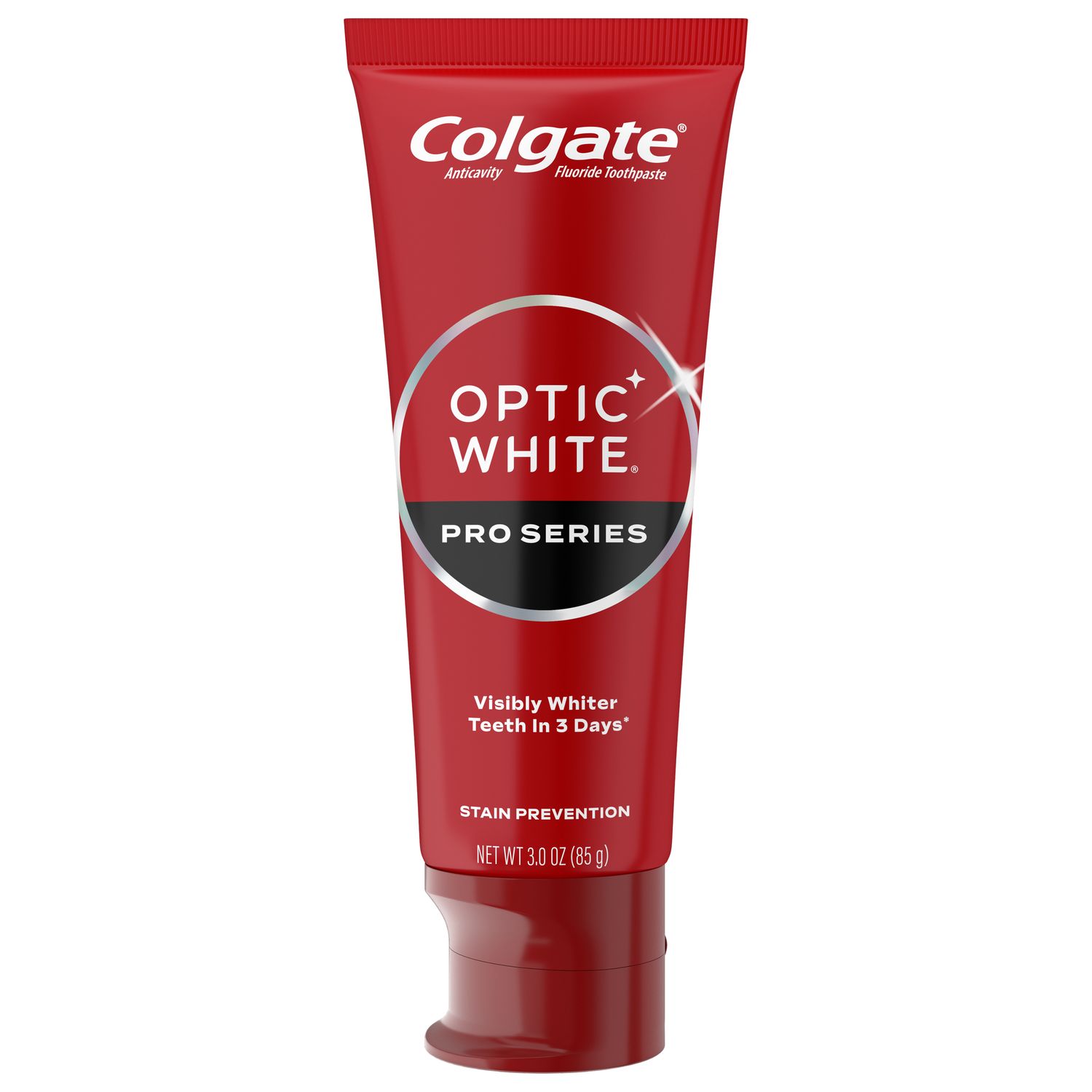
What is the key ingredient in tooth whitening products?
Currently available bleaching products usually contain either carbamide peroxide or hydrogen peroxide as the whitening agent. Intrinsic stain in teeth is caused by stain molecules which consist of chromophores with double bonds. Hydrogen peroxide acts as a strong oxidizing agent, breaking down these double bonds, resulting in visibly-whiter teeth. Carbamide peroxide acts in the same way because it first breaks down into hydrogen peroxide and urea in the presence of water, releasing the hydrogen peroxide that acts as the whitening agent.
What type of delivery methods are there for whitening treatments?
There are different methods available and when deciding which option to go for, the advantages and disadvantages of each option should be clearly explained to patients.
With home use whitening gels and trays, the patient wears the trays for the indicated length of time and either during the day or at night as indicated for the given product. However, there are some patients who might not be able to wear trays due to a gag reflex, want to wear them for less time or fewer sessions, or want to get results faster. In these cases, patients might prefer other methods, such as higher-concentration products used in-office in one session for bleaching or in-office whitening treatment that additionally use light-releasing devices to activate the hydrogen peroxide as an in-office treatment. While the advantage of in-office treatment is quicker whitening in one session, the cost of treatment is greater which for some patients is a disadvantage. Some patients may also request home bleaching in addition to in-office treatment to top up the effect.
Potential side effects
The most frequently occurring side effect during tooth whitening is sensitivity. This typically lasts between 1 and 4 days. It occurs because the hydrogen peroxide molecules are able to penetrate not only the enamel, but through the dentine and reach the pulp resulting in inflammation that triggers sensitivity responses to stimuli such as cold drinks. Another side effect, which occurs less frequently, is gingival irritation.
Generally, the higher-concentration of the hydrogen peroxide, the faster the whitening effect. However, higher concentrations tend to produce greater sensitivity. Some products which have several elements to them such as disposable trays or whitening strips are more complicated for patients to use and also produce waste. This may also factor in what options you offer for some patients. Most recently, other options with formulations designed for minimal or no sensitivity have become available, including lower concentrations, new application methods and shorter treatment times. One example is the new Colgate Optic White Professional Take-Home Whitening.
Dentists should screen all their patients for any esthetic concerns about their smile and whether whitening can address these. If whitening is being offered in your office, this should be displayed as an option within the office so patients are aware this is a service that you offer. From there, patients can determine with you which type of treatment would work best for them, considering all of the factors in product and technique selection.
Join us
Get resources, products and helpful information to give your patients a healthier future.
Join us
Get resources, products and helpful information to give your patients a healthier future.













